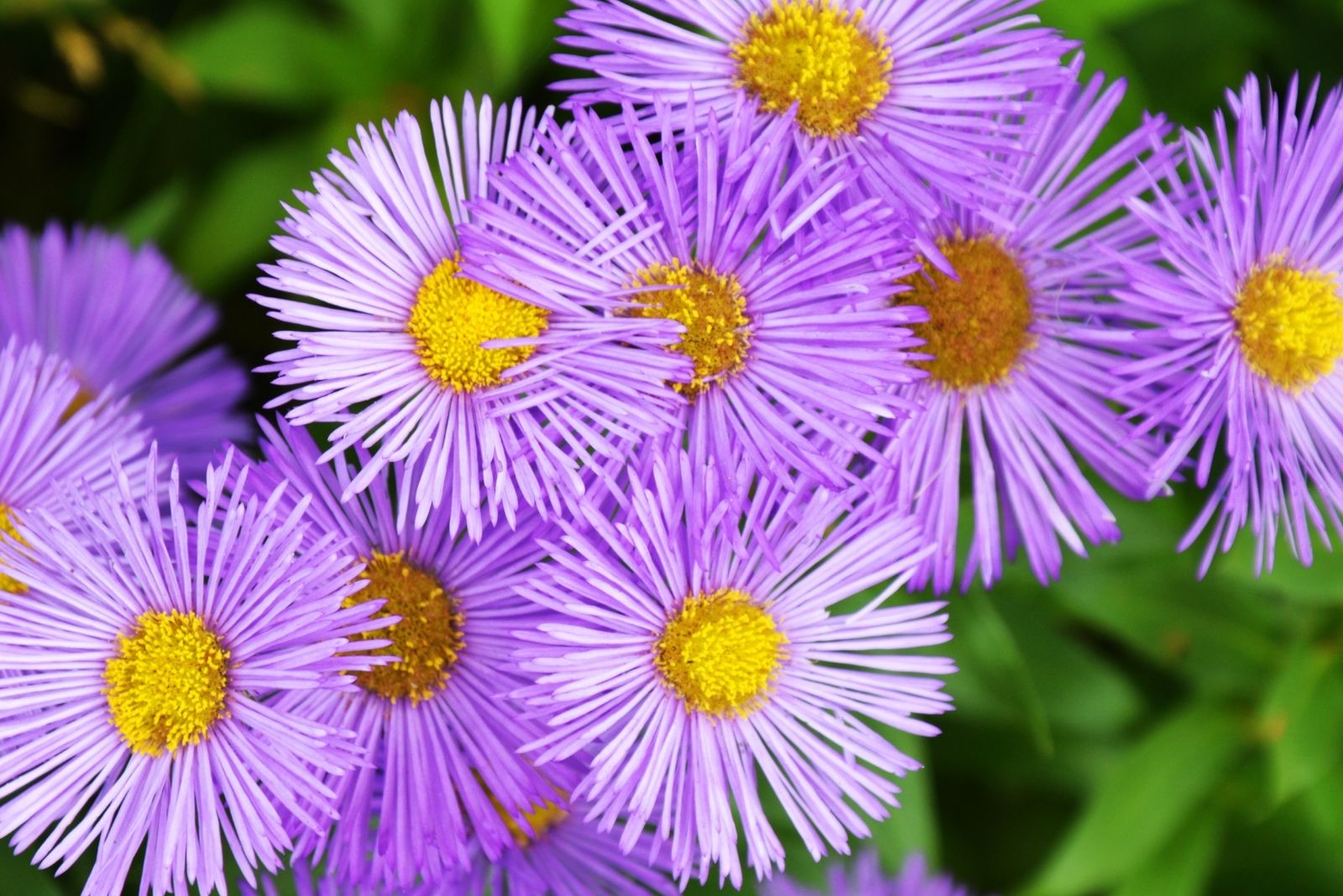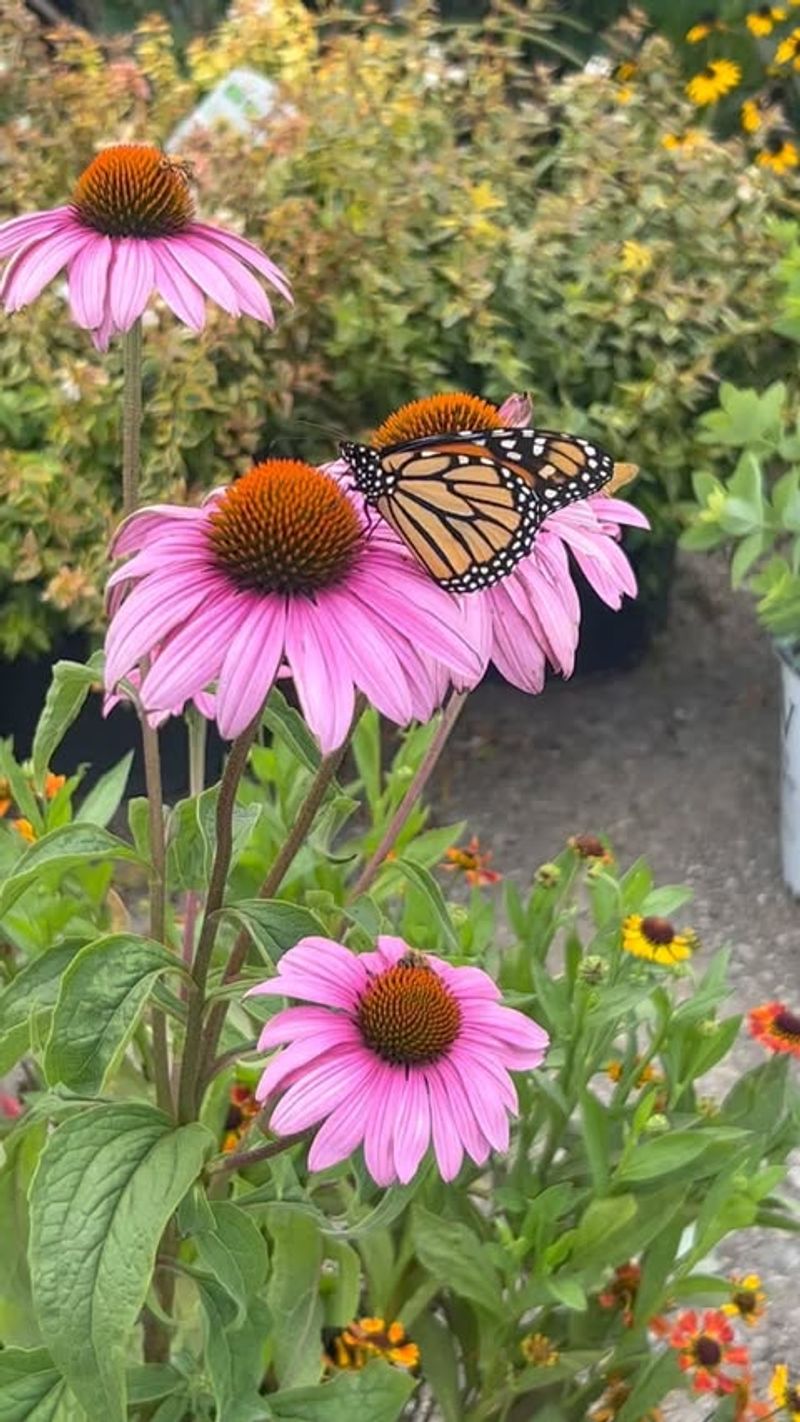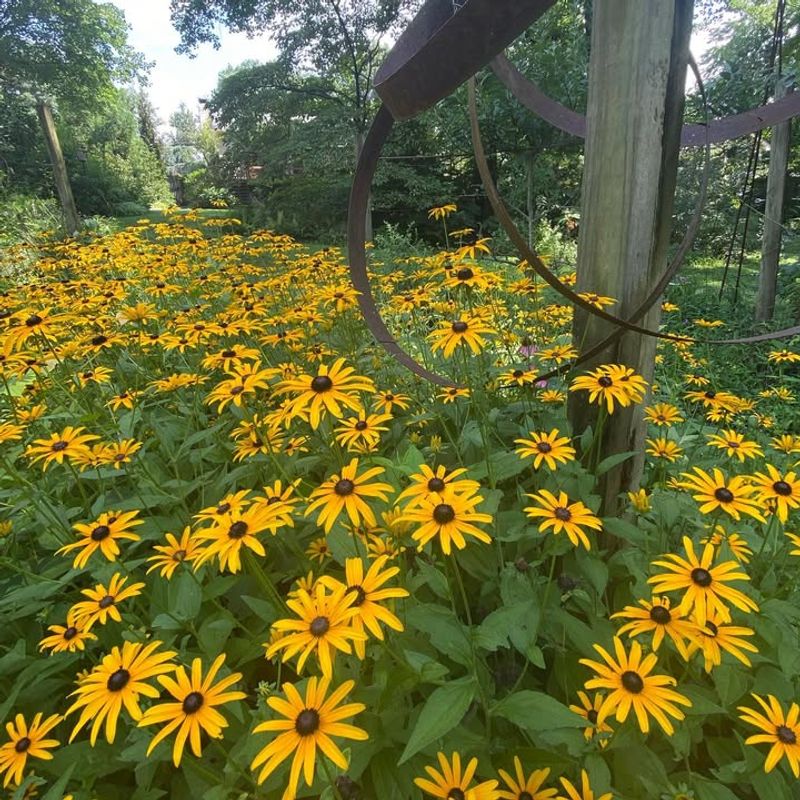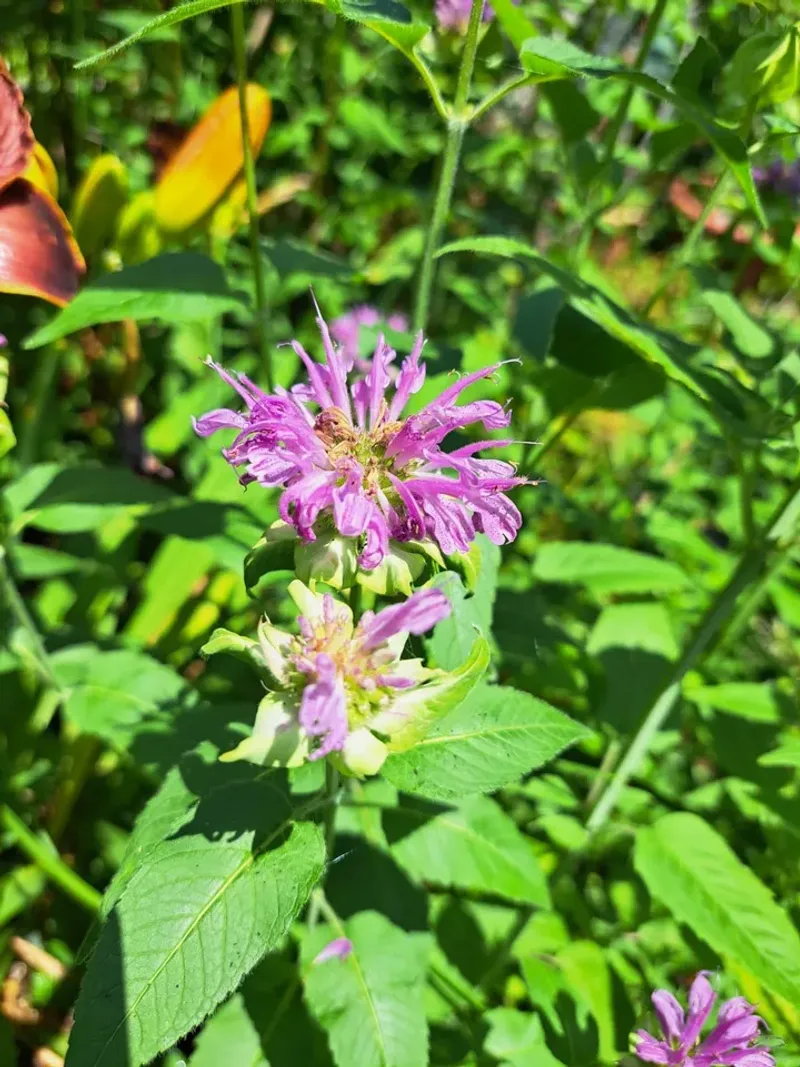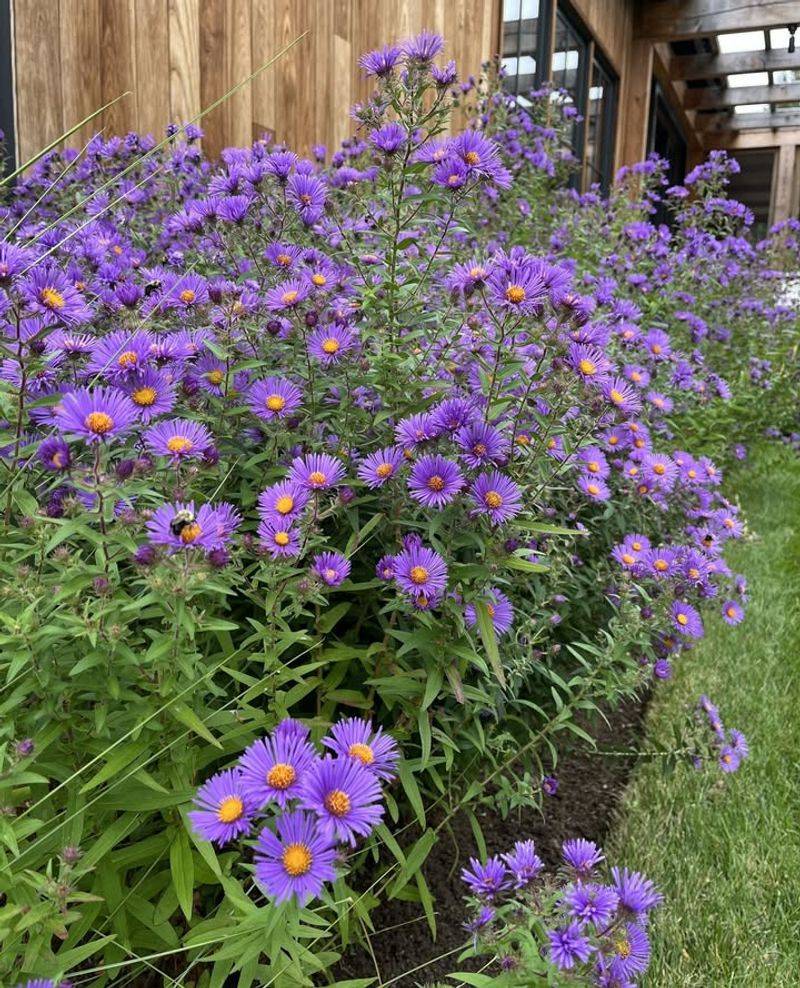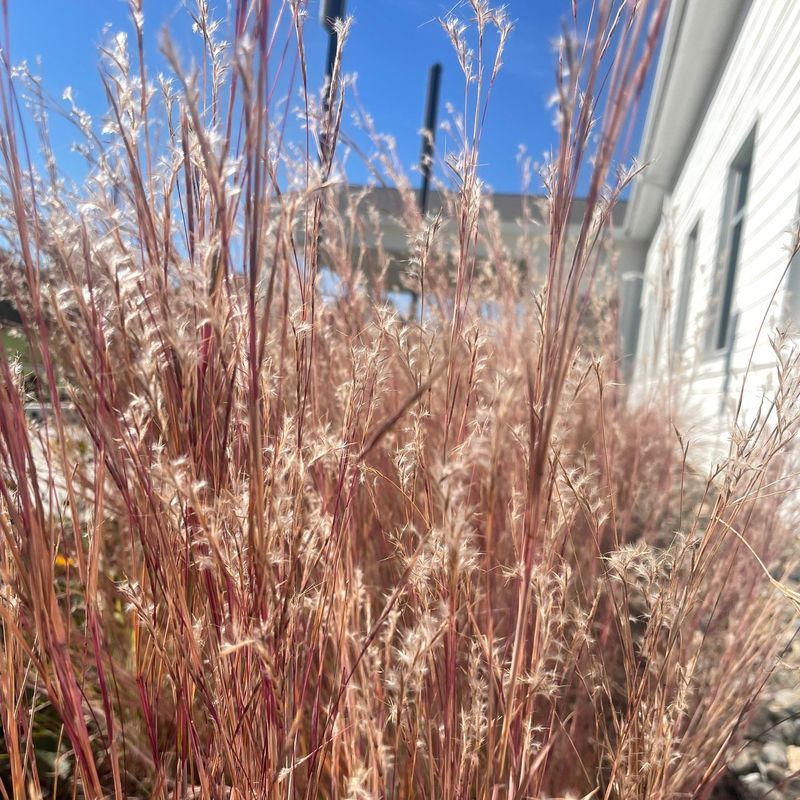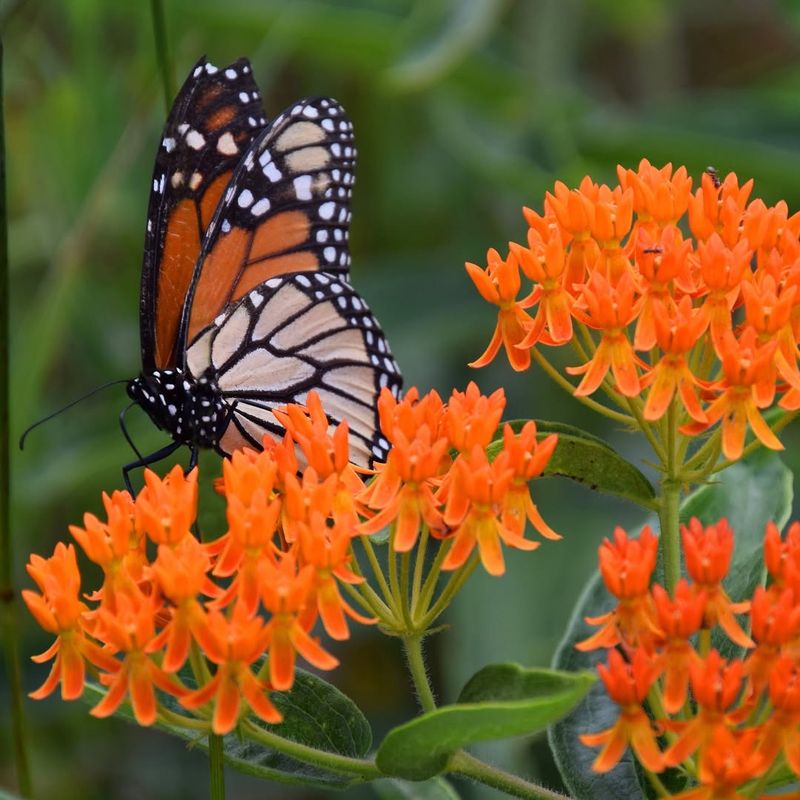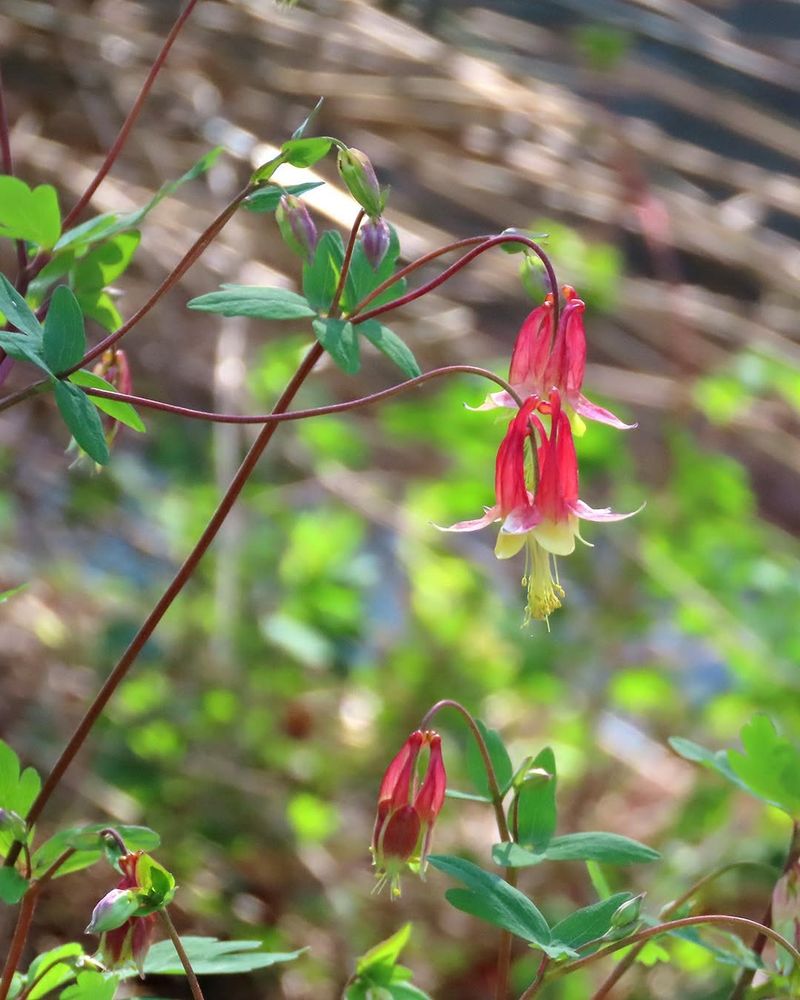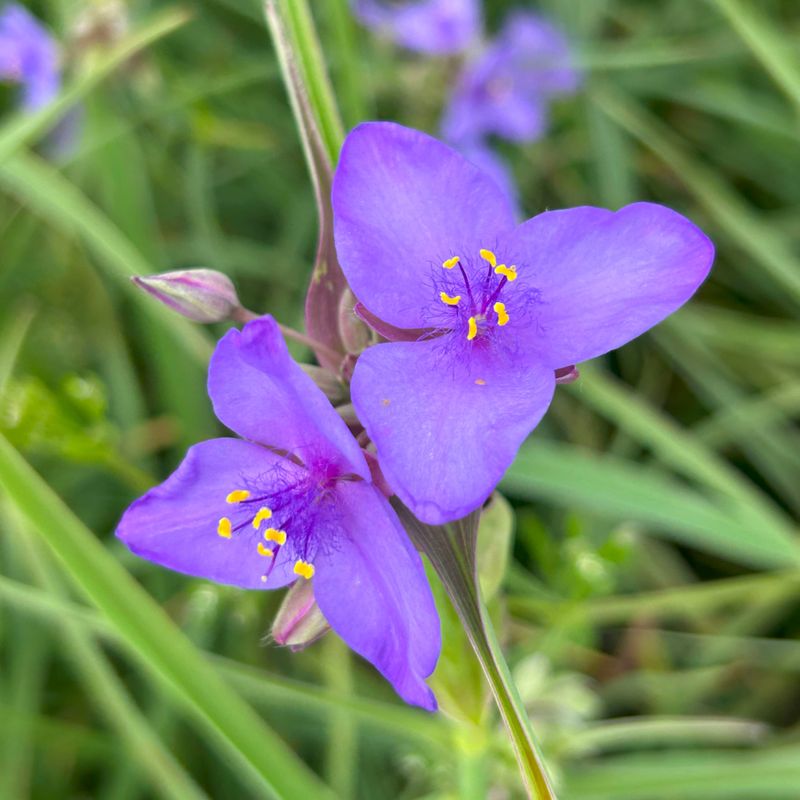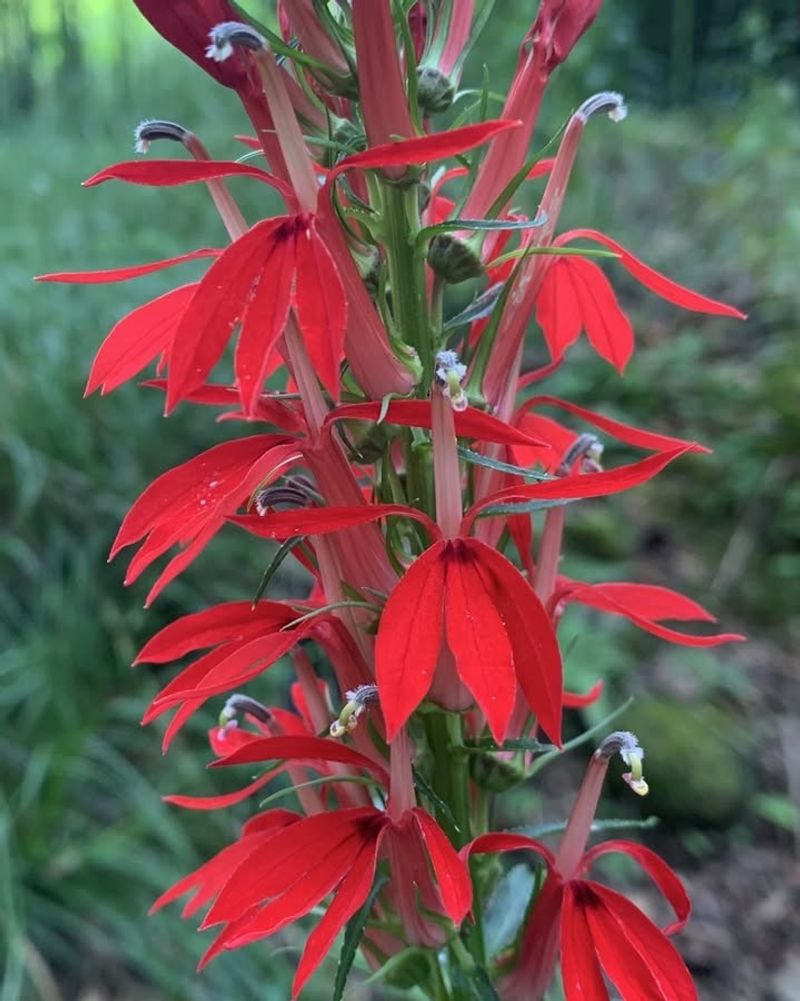November might seem like an odd time to plant seeds, but for Ohio gardeners, it’s actually perfect for many native wildflowers and grasses. Cold stratification happens naturally when you sow seeds before winter, breaking their dormancy so they sprout vigorously come spring.
These tough natives are adapted to our climate and will reward your patience with beautiful blooms and important habitat for pollinators.
1. Purple Coneflower
One of the most recognizable wildflowers across Ohio prairies, purple coneflower thrives when planted in fall. The seeds need that cold period to germinate properly, making November ideal timing.
Scatter them in a sunny spot with decent drainage and barely cover them with soil. By late spring, you’ll see sturdy seedlings emerging that will bloom by their second year, attracting goldfinches and butterflies throughout summer.
2. Black-Eyed Susan
Cheerful and tough, black-eyed Susans are a staple in Ohio gardens for good reason. These golden bloomers establish easily from seed sown directly into prepared beds this month.
They handle clay soil better than most natives and will self-sow once established, creating drifts of color year after year. Press the seeds lightly into the soil surface without burying them deeply, as they need some light exposure to sprout when temperatures warm up.
3. Wild Bergamot
Hummingbirds and bees absolutely love this fragrant native mint relative. Wild bergamot seeds benefit tremendously from cold moist conditions, which Ohio’s November weather provides naturally.
Sow them in areas with full sun to partial shade, spacing your planting zones about 18 inches apart. The aromatic foliage appears in spring, followed by lavender-pink blooms in midsummer that smell faintly of oregano. Deer tend to leave this one alone, which is a bonus for many gardeners.
4. New England Aster
When most flowers have finished for the season, New England asters burst into purple glory. Fall planting in Ohio gives these seeds the stratification they require for strong germination.
Choose a location with moist to average soil and plenty of sunlight. These tall beauties can reach four feet and provide critical late-season nectar for migrating monarchs. Lightly rake the seeds into bare soil and let winter do the rest of the work for you.
5. Little Bluestem
This ornamental native grass adds texture and movement to any Ohio landscape. Little bluestem seeds germinate best after experiencing winter’s chill, making November the right time to plant.
It tolerates drought exceptionally well once established and turns stunning shades of copper and burgundy in autumn. Spread seeds evenly across prepared ground and press them firmly into contact with soil. Come spring, you’ll have graceful clumps that grow about three feet tall and require almost no maintenance.
6. Butterfly Milkweed
Monarch butterflies depend on milkweeds, and butterfly milkweed is among the showiest varieties for Ohio gardens. The bright orange flowers appear in summer, but planting happens now for best results.
These seeds have a natural germination inhibitor that cold temperatures break down over winter months. Sow them in well-drained soil where they’ll receive full sun. Patience pays off—seedlings may take two years to bloom, but they’ll return reliably for decades once their deep taproots establish.
7. Wild Columbine
Delicate red and yellow flowers dangle like tiny lanterns from wild columbine stems each spring. This woodland native appreciates Ohio’s November chill to trigger germination.
Scatter seeds in partial shade beneath trees or along the edges of wooded areas where the soil stays slightly moist. Hummingbirds seek out these early bloomers eagerly. The seeds are small and dark, so mix them with sand for easier, more even distribution across your planting area before winter arrives.
8. Ohio Spiderwort
Named for our state, Ohio spiderwort produces charming three-petaled blue flowers that open in morning light. Fall sowing allows these seeds to stratify naturally through winter.
Plant them in moist to average soil with sun or light shade. Each bloom lasts just one day, but the plants produce so many buds that you’ll have continuous color from late spring through early summer. The grass-like foliage forms attractive clumps that fill in nicely around other perennials in your native garden beds.
9. Cardinal Flower
Few native plants match the brilliant red spikes of cardinal flower for pure visual impact. These moisture-loving perennials need cold stratification, which Ohio’s November weather delivers perfectly. Sow the dust-like seeds in areas that stay consistently damp, such as rain garden edges or alongside ponds.
Don’t cover them—they need light to germinate. Hummingbirds will visit repeatedly once these spectacular bloomers reach flowering size, typically in their second season. The effort is absolutely worth the wait for this showstopper.

